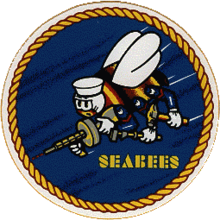
Navy Seabees

United States Naval Construction Battalions, better known as the Navy Seabees, form the U.S. Naval Construction Force (NCF). Their nickname is a heterograph of the initials “C.B.” from the words Construction Battalion. Depending upon how the word is used “Seabee” can refer to one of three things: all the enlisted personnel in the USN’s occupational field 7 (OF-7), all officers and enlisted assigned to the Naval Construction Force (NCF), or the U.S. Navy’s Construction Battalions (CBs). Seabees also serve outside the NCF. During WWII Seabees served in both the Naval Combat Demolition Units and the Underwater Demolition Teams (UDTs) as well as Cubs, Lions, Acorns and the United States Marine Corps. Today they can be found in many special task assignments, including the Naval Support Unit – Department of State, Camp David, many base Public Works, under both Commanders of the Naval Surface Forces Atlantic/Pacific fleets and USN diving commands.
Naval Construction Battalions were conceived of as a replacement for civilian construction companies working for the U.S. Navy after the United States was drawn into World War II with the Japanese attack on Pearl Harbor on 7 December 1941. At that time the U.S. had roughly 70,000 civilians working on military installations overseas. International law made it illegal for them to resist enemy attack, as to do so would classify them as guerrillas, for which they could be summarily executed, which is exactly what happened when the Japanese invaded Wake Island.
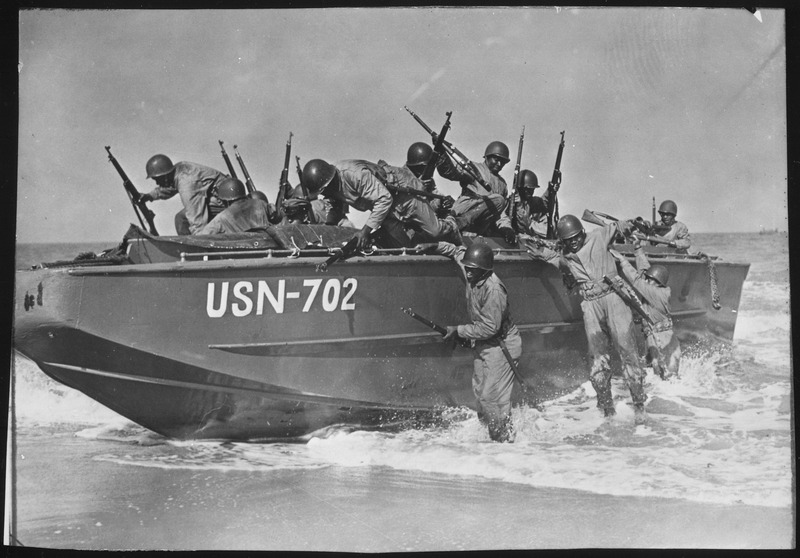
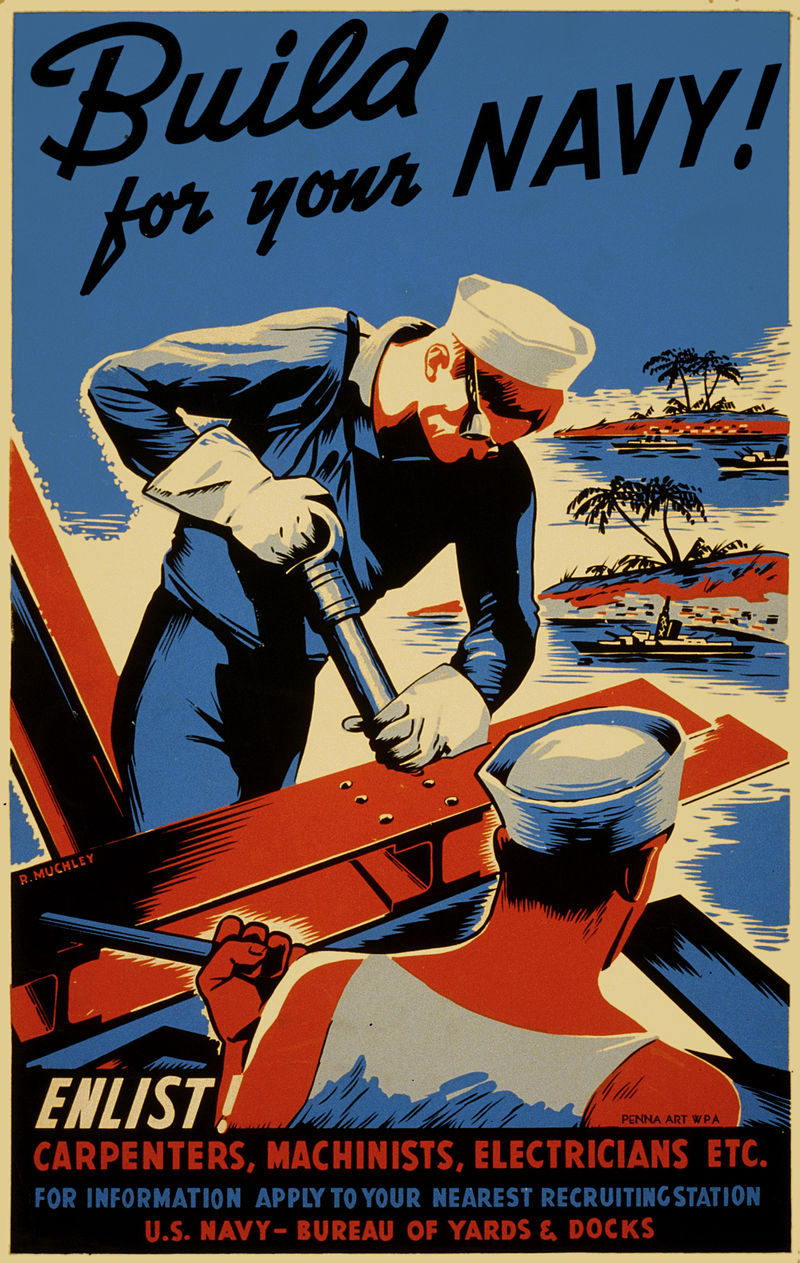
Admiral Moreell’s concept model of CBs was that of a USMC–trained battalion of construction tradesmen (a military equivalent of those civilian companies) that would be capable of any type of construction, anywhere needed, under any conditions or circumstances. It was quickly realized that this model could be utilized in every theater of operations, as it was seen to be flexible and adaptable. The use of USMC organization allowed for smooth co-ordination, integration or interface of both the NCF and Marine Corps elements. In addition, Seabee Battalions could be deployed individually or in multiples as the project scope and scale dictated. What distinguishes Seabees from Combat Engineers are the skill sets. Combat Engineering is but a sub-set in the Seabee toolbox. They have a storied legacy of creative field ingenuity, stretching from Normandy and Okinawa to Iraq and Afghanistan. Admiral Ernest King wrote to the Seabees on their second anniversary, “Your ingenuity and fortitude have become a legend in the naval service.” Seabees believe that anything they are tasked with, they “Can Do” (the CB motto). They were unique at conception and remain so today. In the October 1944 issue of Flying magazine, the Seabees are described as “a phenomenon of World War II”. In 2017, the Seabees celebrated their 75 years of service without having changed from Admiral Ben Moreell’s conceptual model.

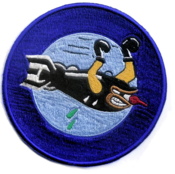
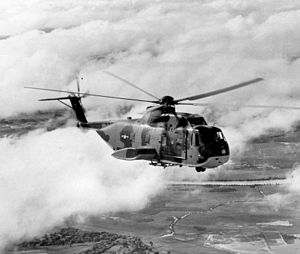
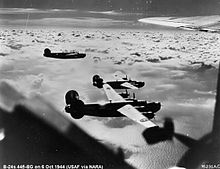
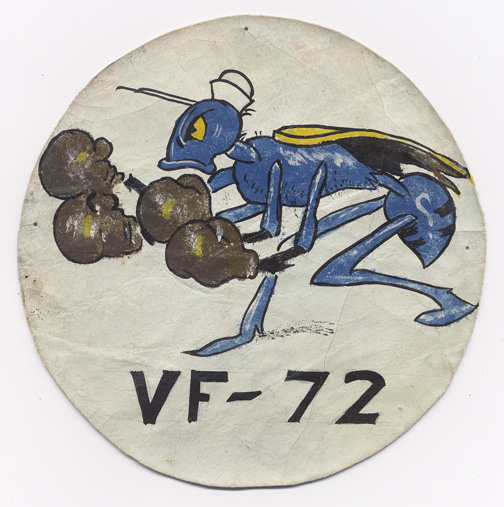
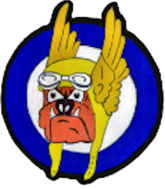
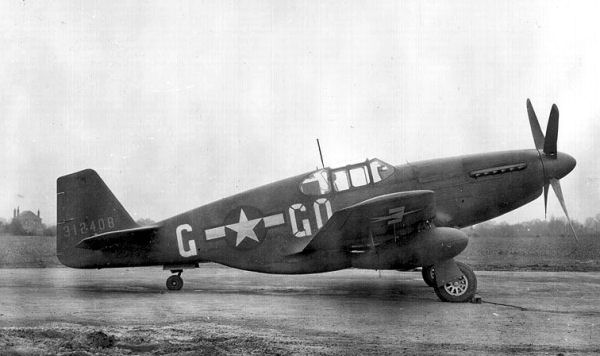
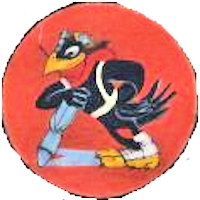
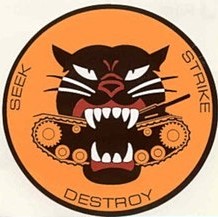
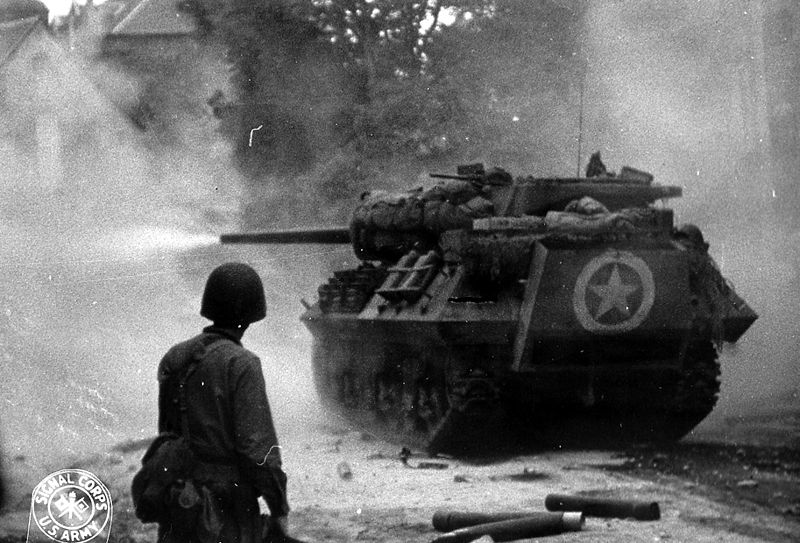
Recent Comments